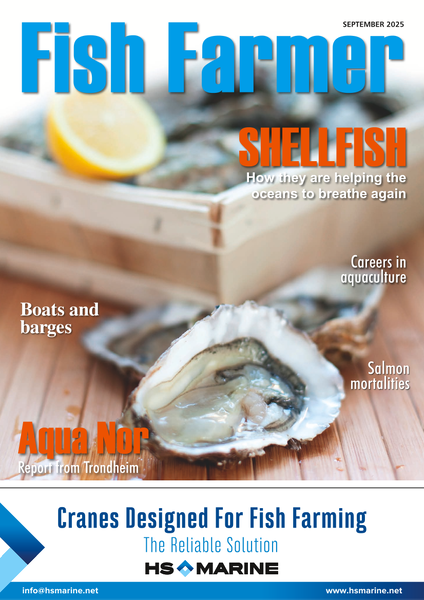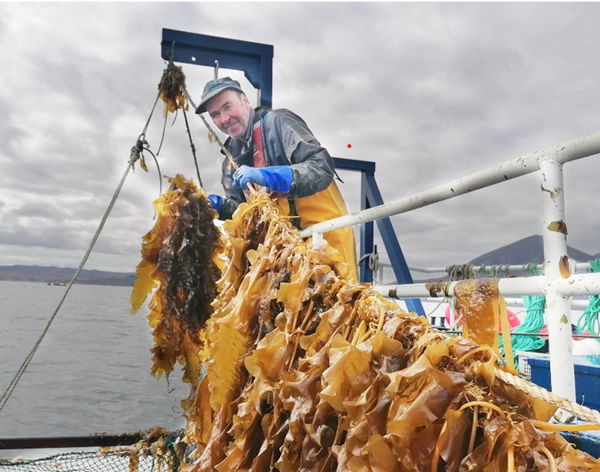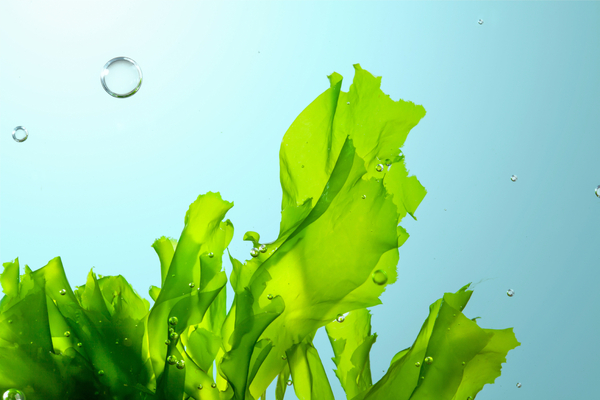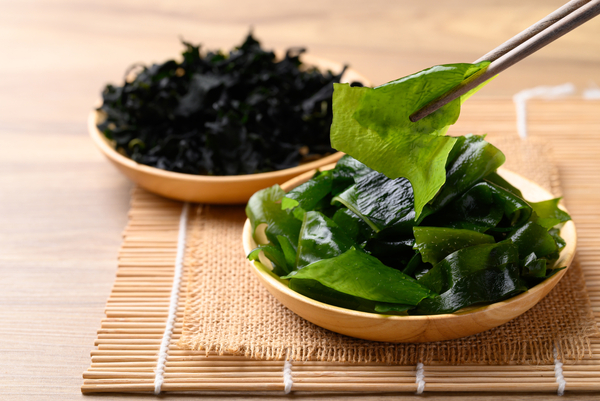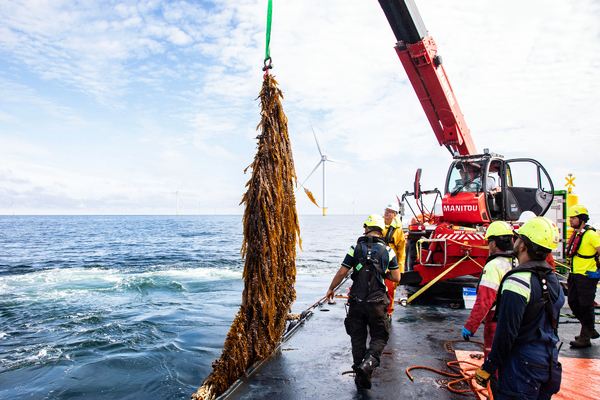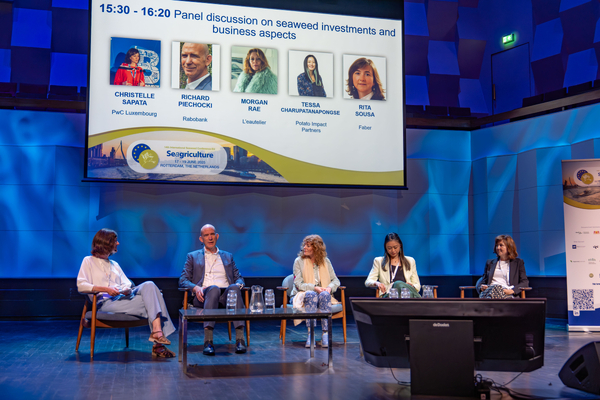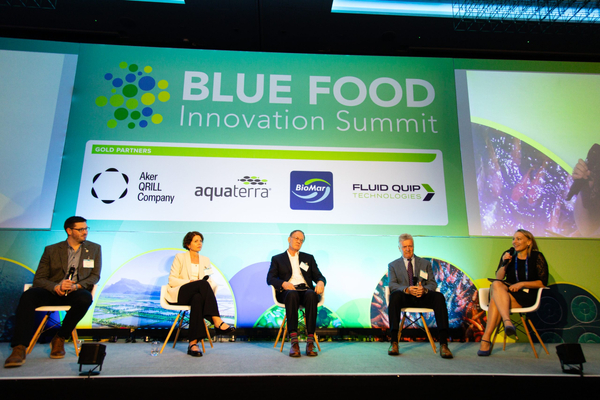SEAWEED
Seaweed farming involves the cultivation of different species of macroalgae in
marine environments. These plants grow in ocean water and are anchored to various
structures such as ropes, nets, or natural substrates. The process is relatively low-
impact compared to other forms of aquaculture, as it does not require freshwater,
fertilisers or pesticides.
There are several types of seaweed that are commonly farmed, including:
Nori (Porphyra spp.): Used primarily in sushi and other culinary dishes.
Kombu (Laminaria spp.): Often used in soups and broths.
Wakame (Undaria pinnatifida): Commonly found in salads and soups.
Red Seaweed (Gracilaria spp.): Used in the production of agar and
carrageenan.
Sugar kelp (Saccharina latissima).
The vast majority of commercial seaweed production is based in Asia, but there is
increasing interest in Europe and North America.
Seaweed farming offers numerous benefits, including: carbon sequestration
(although scientific opinions vary as to exactly how much carbon is permanently
removed; water quality improvement (through absorbing excess nutrients such as
nitrogen and phosphorus); habitat creation; protecting coastlines from erosion; and
job creation.
Seaweed farming has its challenges too, such as climate change and pollution, and
investment in infrastructure (particularly for processing) can be capital-intensive.
Despite these challenges, the future of seaweed farming looks promising and
advances in technology and research are helping to overcome some of these
obstacles. Additionally, increasing awareness of the environmental and economic
benefits of seaweed farming is driving investment and interest in this sustainable
practice.
